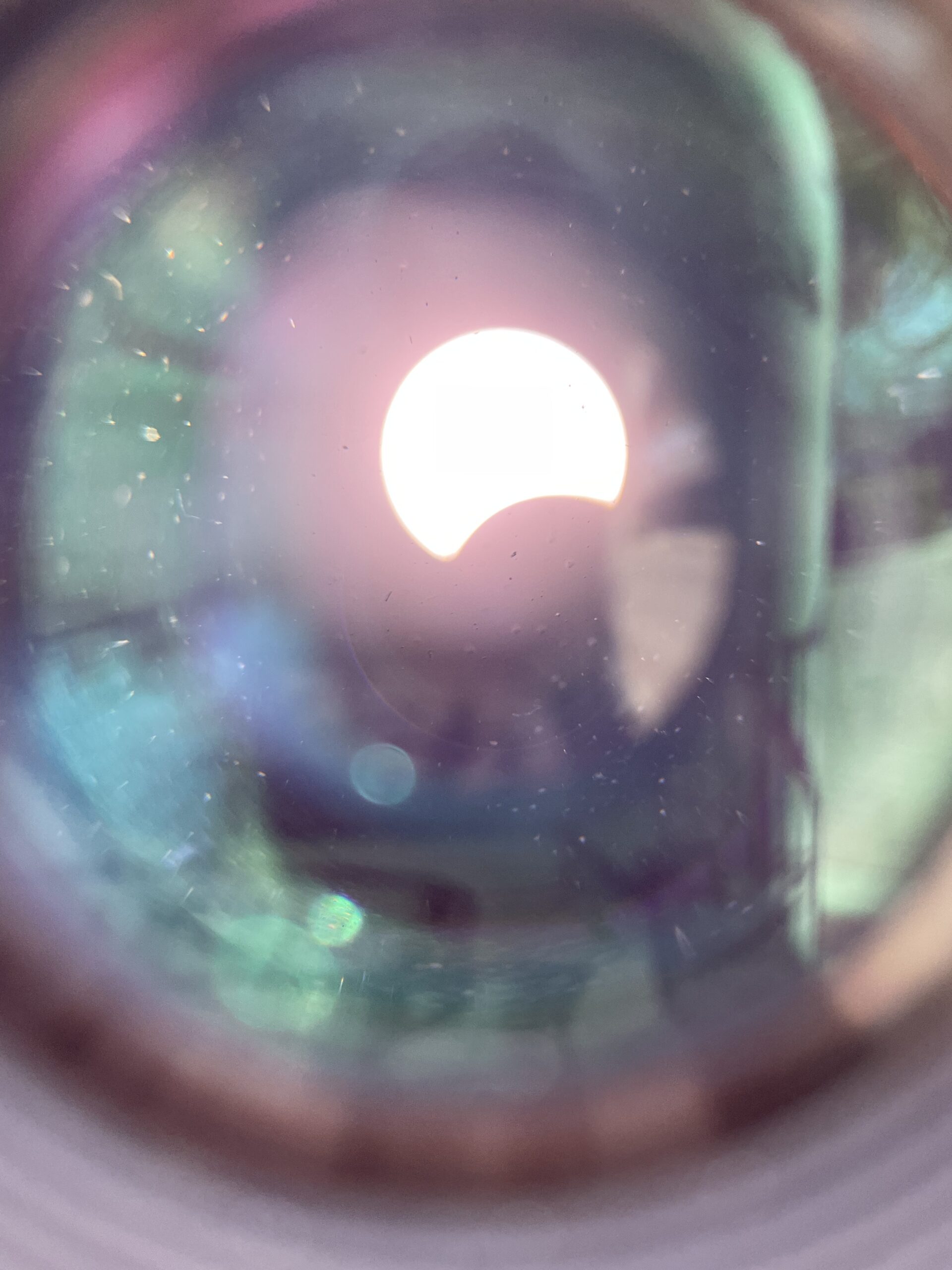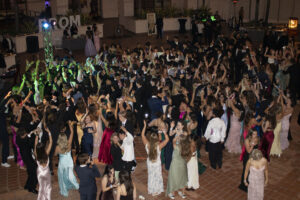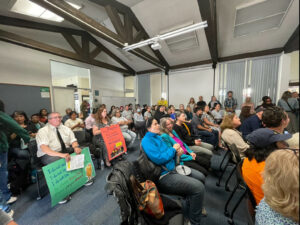On April 8, a rare solar eclipse crossed over Mexico, Canada, and the United States, minimizing daylight across Santa Barbara for a total of 136 minutes. A solar eclipse occurs when the moon passes between the earth and the sun, blocking the sun’s light and casting a shadow on the earth. The shadow is made up of two parts, the penumbra and the umbra. The penumbra is a wider area of shadow that light can still penetrate, and the umbra is the darkest area of shadow, where the moon appears to completely cover the sun. This phenomenon is called a total eclipse, or a totality. The totality was visible in a roughly 108-to-122 mile wide area that passed over Dallas, Indianapolis, Niagara Falls, and Bangor. Due to the size of the totality and its path across the earth, this eclipse was very rare. The next eclipse of this scale that will cross the continental United States is set to take place in 2045.
In last week’s eclipse, the penumbra covered the entire continental United States, which was what was observed in Santa Barbara. We were still close enough to the umbra to observe the moon covering half of the sun, decreasing the daylight maximally at 11:11am PST.
The Santa Barbara Museum of Natural History organized an eclipse watching party at the Camino Real Marketplace in Goleta. About 300 people came out to watch the eclipse through telescopes with special sun-safe lenses. Multiple telescopes and cameras were set up, along with demonstrations of how the appearance of sunlight is modified by the eclipse. Using a colander as a makeshift array of pinhole projectors, one observer was able to showcase the half-moon shadows the eclipse’s light cast.
Bruce Murdock, an observer of the eclipse, brought a large telescope to the event. Murkdock was allowing others to take a closer look at the spectacle as well. His telescope used an ND5 lens, so “only 1/100,000 of the light gets through.” ND stands for Neutral Density, and the five stands for the amount of “stops” the filter has, or the amount of light the filter blocks. For Murdock, the most interesting part of the eclipse was when it was at its maximum, as well as the two sunspots he observed. Sunspots are caused by concentrated spots of the sun’s magnetic field, which thin the burning atmosphere of the sun and allow a look at its colder surface. While the surface of the sun is about 10,000 F, the middle of a sunspot is only about 6,000 F. This temperature difference produced the visible “spots” on the sun during the eclipse. The dimming of the sun is certainly an experience to remember, so don’t forget to pack your eclipse glasses for 2045.
An image of the eclipse through the lens of Murdock’s smaller, easily camera-compatible telescope. Image Credit: Cole Weaver






Be First to Comment